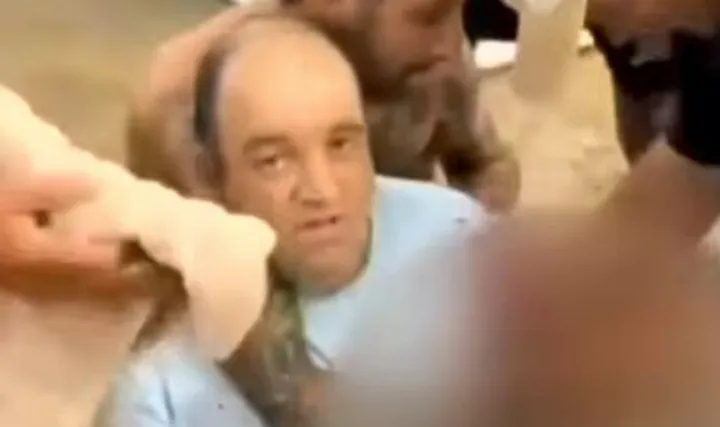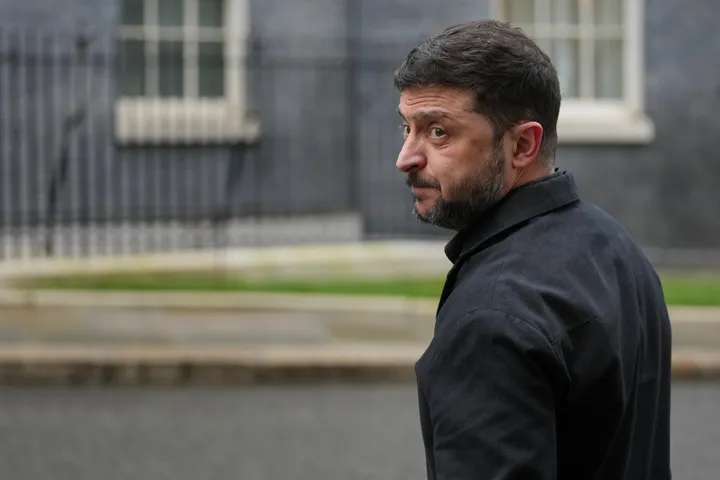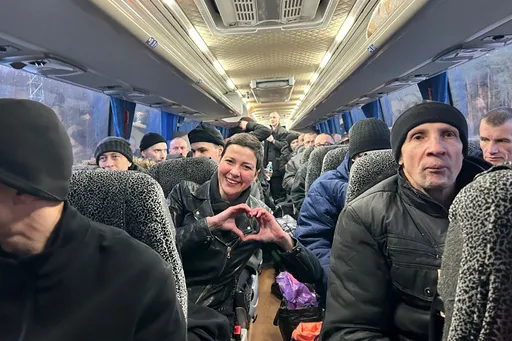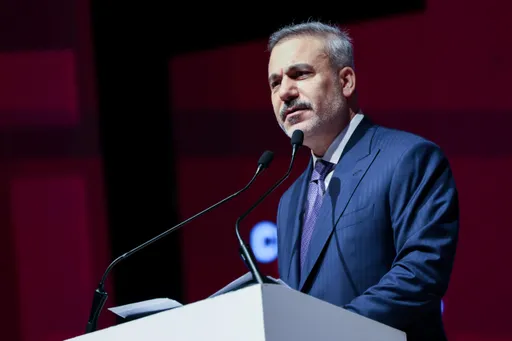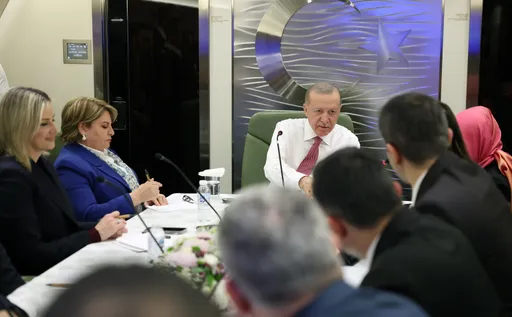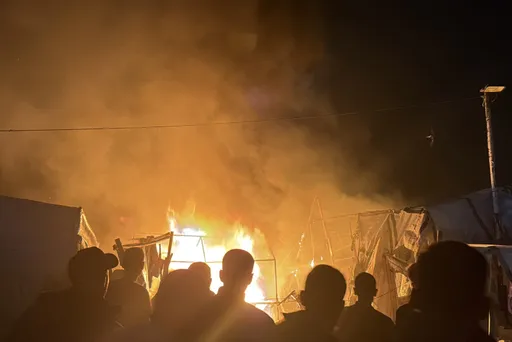Kathmandu - Nepal is on edge as Covid-19 cases have skyrocketed, and deaths continue to increase. The public’s frustration and rage with the seeming inefficacy of the government’s lackluster efforts to tackle a deadlier second-wave was also a byproduct of public [political] protests, religious and other gatherings.
Nepal's government’s vaccination efforts were bungled despite making a good start. Local reports suggested that a private company’s greed for commission botched the government’s inoculation plan.
According to the Covid-19 Crisis Management Center, Nepal’s Covid-19 status stood as follows on 13th May: 8842 new cases and 139 Deaths.
Medical officers working at Covid wards are worried hospital beds might be full soon, and a lack of infrastructures needed for Covid-19 treatment might further accelerate deaths.
Dr Subekshya Khadka, a medical officer in the Covid ward at Civil Hospital, said, “There are 14 ICU beds, 21 high-care beds, and 20 general ward beds in one of the government hospitals. Every bed is full with 16 other pending cases in the emergency ward waiting in line for a vacant bed. We get calls now and then and we feel helpless to deny those patients. ”
Pressed for time, and burdened with a heavy workload, Dr Tul Maya Gurung, a surgeon, told TRT World, “Doctors and nursing staffs are exhausted, and the mental pressure is immense.”
“I have been calling every possible hospital for the availability of beds for my relatives and friends but in despair. Only after a good 6-12 hours of phone calls, we have managed a few," she added.
The rest of those who can't find a hospital space have to make to do at home with whatever resources they have, added Gurung.
In Nepal, many relatives and friends are not even tested for Covid though they have symptoms.
"Whole family members are staying isolated at home without tests and proper care," says Gureng which has also had to contend with those closes to her contracting the virus.
"One of my relatives called me at 3 in the morning for help and gasping to breathe. When asked they were taking home remedies for 4-5 days, and as the situation worsened they called me. They hadn’t done any tests. They were a family of 6, including an elderly and 3 kids. There are a lot of such hidden numbers in Kathmandu and outside the valley,” Gurung said.
Despite doctors and medical officers presenting a grim situation of Nepal’s health situation, the government is assuring citizens that it has stepped up its effort to contain the pandemic.
Prime Minister KP Sharma Oli in his parliamentary speech a few days ago said that the government is increasing hospital beds, along with other essential infrastructure.
At the same time, western media outlets likeThe Washington Postleft no stone unturned, highlighting the true victims of the pandemic: Mount Everest climbers. Pushing sensational headlines and belittling the sorrows of common Nepalis.
It’s been unfortunate but the phenomenon is not new as most western press tends to focus on sellable stories from Nepal as they feel that their readers should be fed with the Shangri-la narrative or depict Nepal as a nation stuck in medieval times. Such attitudes towards the country has yet again robbed Nepal of proper pandemic coverage.
On the other hand, there might be a silver lining.
A Nepal Airlines aircraft flew today to Beijing, China, and is set to bring 20,000 oxygen gas cylinders. The government is also building additional health infrastructures; 40 more ventilators, 20 automated analyzers, 20 portable ultrasounds, and 30 anesthesia machines will be brought through the Tatopani border - which was donated by China.
But people believe it's not enough as private hospitals have been notoriously fleecing Covid-19 patients, and some are even leaving the capital city unable to find a hospital bed.
Tech professional and cricket enthusiast Dipesh Pandit, who’s behind the Covid Connect Initiative that facilitates the public’s need by matching them with hospitals warned that “the nation shall burn in the pyres of the pandemic if the government and citizens don't act proactively in managing the available resources.”
Pandit rues the lack of funding in his non-profit fully-volunteered initiative but remains hopeful as he feels obliged to help the needy.
The country’s political situation is in shambles while the public is fighting the deadlier second-wave.
On Monday PM Oli stood for a vote of confidence in the parliament and failed to garner 136 votes, only 93 MPs voted for him.
According to the constitution, opposition parties need to have a majority vote to lead the next government, which seems unlikely, so Nepal is heading towards elections at the end of this year, as there’s also a possibility of Oli being reinstated to his position as he currently leads the largest party.
26 MPs were diagnosed with Covid-19 ahead of the vote of confidence. Special provisions were made for them to vote. The event overshadowed the government’s misplaced priorities and grouped all political parties as having no concern for the public.
The pandemic has not only exposed Nepal’s political eccentricities as PM Oli has been relieved of his duties amid heavy criticism of his governance style - several questions have come to the fore like whether Nepal should have a fenced border with India, and whether rectifying the provisions of the 2015 constitution for a stable five-years-government is to be considered carefully for the future.
A country that went through a massive earthquake and an Indian economic blockade in 2015, many hope that the resilience of Nepalis will buoy the nation again, and believe that the political instability will end but the question remains whether Nepali political leaders will upend their unaccountable behaviour to put their house in order.


